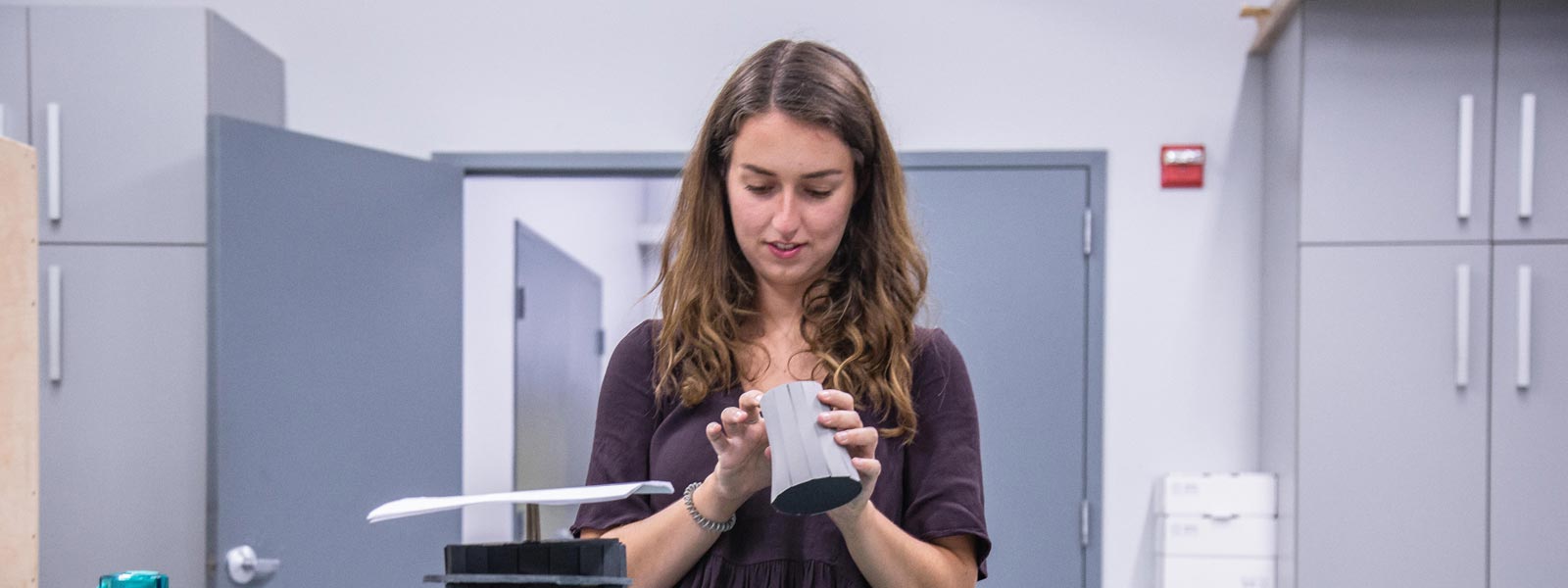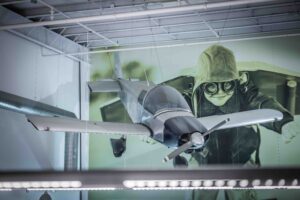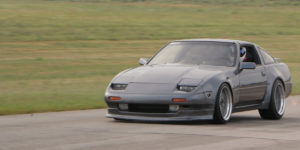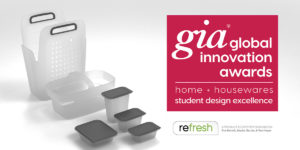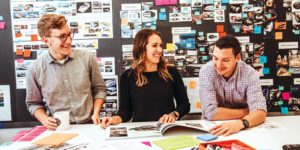A Holistic Approach
By Eve Berndt, Industrial Design Intern
Looking at the bigger picture has always been a tendency of mine. I’ve shaped who I am today, in part, because of my inclination to question ideals, motives, and systems around me. I think it’s a big part of what drew me to industrial design—I love the discussion around what makes a well-designed product. I love the questioning. But more so, I love following the process from idea to visualization to fruition. I’ve often wondered what it would be like to step into other areas of product development—could I be more involved in the manufacturability or branding or research behind a product?
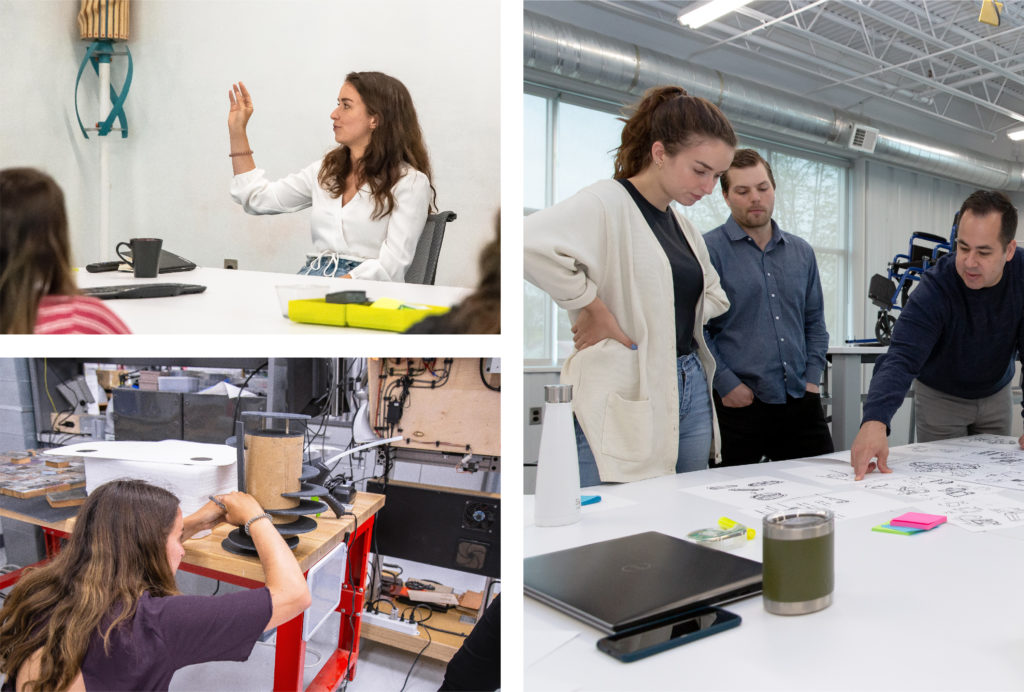
What I found at Tekna was an environment where blurring the lines between designated job descriptions is actually encouraged. That was one of the first comments I heard when I started my internship: “People here wear many different hats.” I’ve noticed that this approach helps people empathize across professional fields—when a designer works closely with engineers on a given project, not only can it make them more efficient in similar future interactions, but it equips them with a skillset that might open the door to more engineering-heavy projects in the future.
My first week at Tekna, I was asked what I wanted to get out of my internship. This was the first of many conversations that helped me realize this was a reciprocating process. I was here to help them, but they were sincerely here to help me too. My internship mentor, Kyle, planned out a few exercises where I got to take products apart, document how they work, and redesign a new form around the internal components. I learned which manufacturing processes are ideal based on quantity of parts needed, how to spot imperfections from certain processes, and how the incorporation of certain features can drastically change the user’s interaction with a product.
By my second week, I was lucky enough to join a design team working on a new surgical device. Because the project had just kicked off, a lot of sketch work was needed around the ergonomics of the handpiece and how a surgeon or scrub tech would ideally use it. The journey-mapping portion of the process was especially interesting, analyzing how a product travels from a shelf, across the sterile field, and into a surgeon’s hand. I was trusted to produce concept sketches that were in most cases client-facing, meaning the sketches needed to speak for themselves, with no other visual aid or hand gestures present to explain an idea.
Several designers got together each week to critique my work, always in the spirit of making me that much better. I realized I hadn’t gone through many critiques that were of value to me prior to my time here at Tekna. It’s nice to hear that my work is “good” or “acceptable,” but that doesn’t help me move forward. Many of the comments I received were ones I’d never given thought to before, and I welcomed that feedback, internalizing their suggestions and applying them to my work.
When it came time for the intern project, a collaboration between the interns from graphic design, industrial design, and engineering, that level of feedback became especially vital to the success of our end product. We were given five weeks to invent, design, engineer, and brand a birdhouse (that was the extent of the brief). Our mentors played a huge role in guiding that process and working with the other interns ended up being one of my favorite parts of the summer. Problem-solving with people outside of our field was a challenging collaboration for all of us, but it helped me understand their perspectives, and I think it made for a more thoughtful design solution.
When you’re in school for industrial design, everything feels theoretical, idealistic, and justified primarily by your own opinion of what good design is. I found it refreshing to arrive at Tekna and have my ideas constantly challenged. The designers here stress the details—they talk about the purpose behind certain proportions of an object, the surfacing details, even the feeling a user gets from a product. Working alongside this team and producing work for real clients was a privilege that has changed my perspective on this field entirely. I have a more holistic view of my place in design, feeding into that ideal of mine that I should always be looking at the bigger picture. I’m grateful to have been a part of such a collaborative and talented group of people and can’t thank Tekna enough for this experience.
